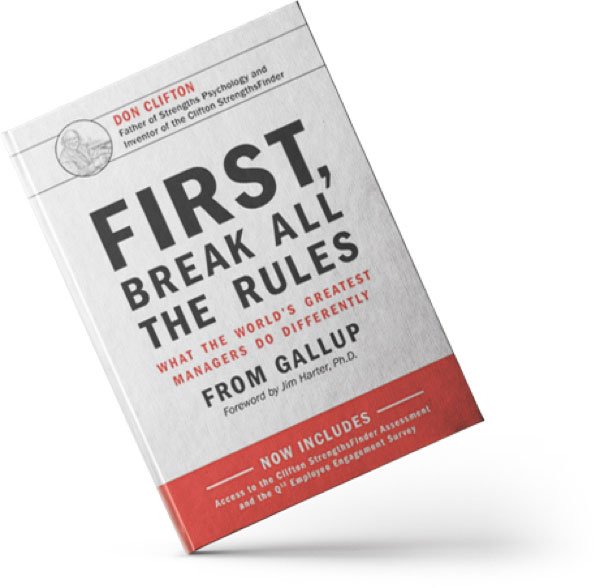At the end of July HMRC set our their “approach to R&D tax reliefs”. Which we think is essentially a drawn-out justification of some of the recent behaviours we’ve all seen.
Possibly it’s also an indirect response to the CIOT letter I’ve mentioned before. As an aside it’s worth connecting with me or CP Innovation colleagues on LinkedIn to stay up to date on developments.
As I’ve made clear, I fundamentally disagree with the blanket/volume approach they’ve taken (and it’s contrary to the House of Lords recommendation of a “focused” approach too, as I’ve also pointed out before).
Advisers in the sector are using the analogy that (paraphrased) yes, we all understand the stable door needs to be bolted, even if the horse is somewhat down the road… but they didn’t have to burn the barn down too, in a fit of pique after the event!
A couple of bits that stand out for me in this release, on the one hand:
“HMRC introduced a mandatory random enquiry programme (MREP) for SMEs claiming under the SME scheme or [SME’s claiming under] RDEC to better understand levels of non-compliance. This involves taking a random sample of claims to more accurately estimate levels of non-compliance. Large Business customers claiming RDEC were not included in the MREP.”
Then later:
“The analysis shows that the vast majority of non-compliance relates to SMEs rather than large businesses.”
Well. It’s going to isn’t it? That’s what happens if you only apply the MREP to one group? Talk about making sure the conclusion shows what you want it to… (also see my point in my other article re justifying killing the SME scheme and merging into one RDEC).
You can view HMRC’s approach to R&D tax reliefs here.




















